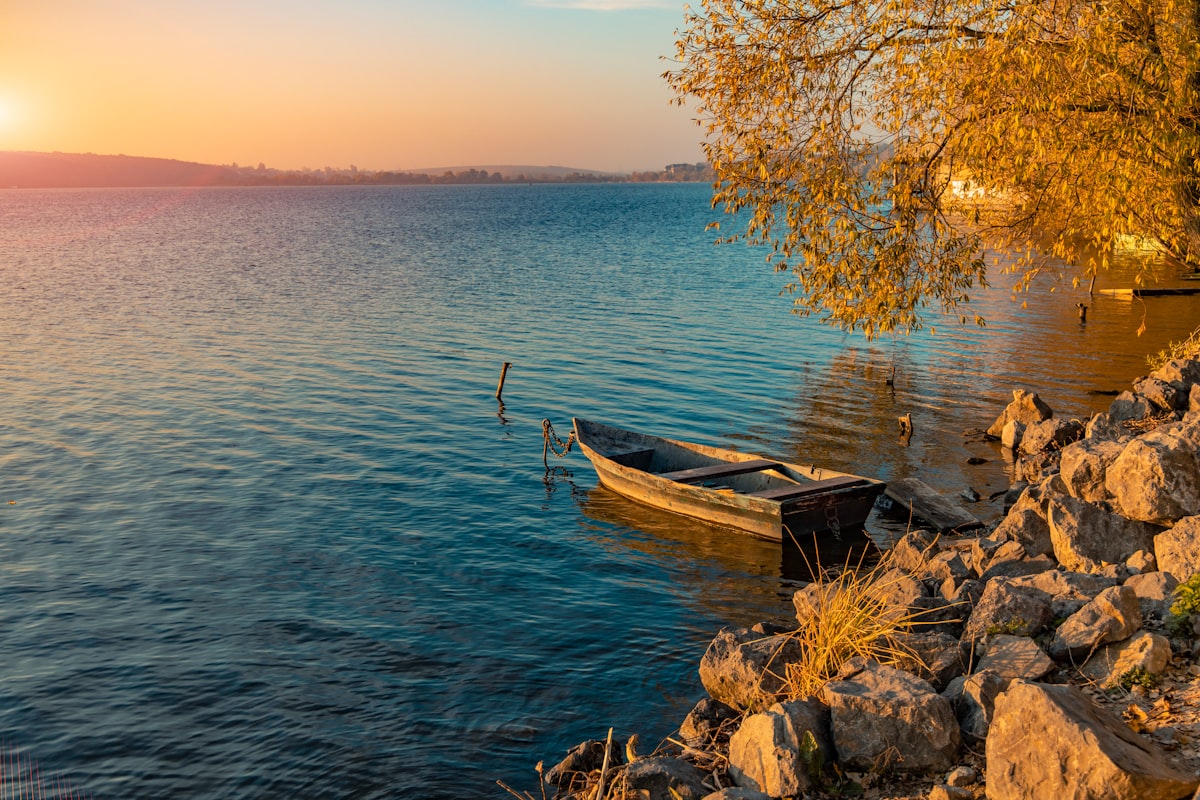Exploring the Most Peaceful Country in the World
Discover the most peaceful country in the world and explore its secrets to maintaining a harmonious society. Join us on a journey to discover breathtaking natural landscapes and cultural traditions that promote tolerance and peace.

In a world full of chaos and unrest, there is a country that stands out for its tranquility and peace. Join us as we embark on a journey to explore the most peaceful country in the world and discover its secrets to maintaining a peaceful society. From breathtaking natural landscapes to cultural traditions promoting harmony and tolerance, this country offers a unique perspective on living in peace.
How is it measured?
Peacefulness is measured using various indicators that evaluate the levels of violence, conflict, and social unrest in a given country. Some of the commonly used metrics to measure peace include:
Global Peace Index (GPI)
The GPI is a ranking of countries based on their level of peacefulness, which considers several factors such as the level of violence, the number of conflicts, political stability, and societal factors such as inequality and human rights. The GPI is published annually by the Institute for Economics and Peace (IEP).
Human Development Index (HDI)
The HDI is a composite index that measures a country's progress in terms of human development, which includes factors such as education, health, and standard of living. The HDI is published annually by the United Nations Development Programme (UNDP).
Corruption Perceptions Index (CPI)
The CPI measures the perceived level of corruption in a country's public sector. It is published annually by Transparency International.
Fragile States Index (FSI)
The FSI measures the stability and resilience of a country's government and institutions. It considers factors such as conflict, corruption, and the effectiveness of the government in providing basic services to its citizens. The FSI is published annually by the Fund for Peace.
Positive Peace Index (PPI)
The PPI measures the level of positive peace in a country, which includes factors such as the quality of governance, the level of social capital, and the acceptance of the rights of others. The IEP also publishes the PPI.
These metrics provide a comprehensive overview of a country's level of peacefulness. As a result, they can be used to identify areas that need improvement and develop policies and programs that promote peace and stability.

Country List
Several metrics are used to measure peace in a country, including levels of violence, political instability, and societal factors such as equality and human rights. Based on these factors, here are some of the most peaceful countries in the world and the reasons behind their peacefulness:
Iceland
Iceland has consistently been ranked as the most peaceful country in the world by the Global Peace Index. It has a low crime rate, a stable political system, and strong social welfare programs that promote equality and reduce inequality. Additionally, Iceland has a unique culture of nonviolence and a strong emphasis on conflict resolution through peaceful means.
New Zealand
New Zealand is another country that ranks highly on the Global Peace Index. It has a stable and effective government, low levels of corruption, and a commitment to environmental sustainability. New Zealand is also known for its progressive social policies and a strong emphasis on human rights, including the rights of indigenous people.
Japan
Japan has a low crime rate, a stable government, and a strong culture of respect for authority and social harmony. Japan also has a high standard of living, focusing on education and health care. The Japanese government invests heavily in disaster preparedness, contributing to its resilience in natural disasters.
Switzerland
Switzerland is known for its neutrality and tradition of resolving conflicts through diplomacy rather than violence. It has a stable political system, strong social welfare programs, and a high standard of living. Switzerland is also strongly committed to environmental sustainability and is known for its beautiful natural landscapes.
Denmark
Denmark has a low crime rate, a stable political system, and strong social welfare programs that promote equality and reduce inequality. It is also known for its progressive social policies, including gender equality and LGBTQ rights. Denmark is consistently ranked as one of the happiest countries in the world due to its strong sense of community and social cohesion.
These countries have achieved peace and stability through political, social, and cultural factors, including effective governance, social welfare programs, environmental sustainability, and a commitment to nonviolence and conflict resolution.


